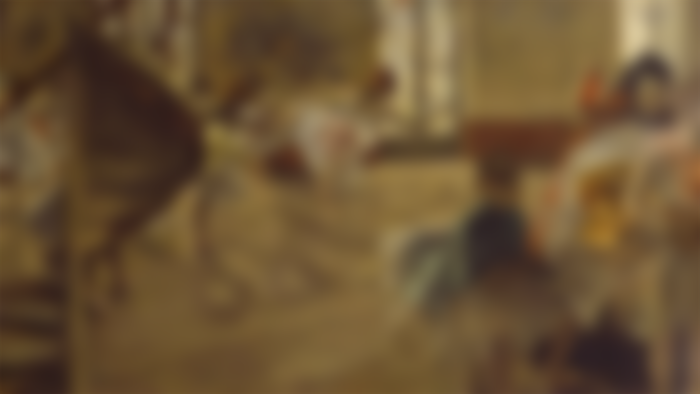Edgar Degas (1834-1917)
Degas describes himself as "the classical painter of modern life". Thus, he distinguishes himself from the Impressionists, although he is closely associated with them and appears frequently in their exhibitions. With this. Unlike his Impressionist friends, he categorically refused to paint outdoors, emphasizing composition and drawing, which they overlooked or underestimated for the sake of color and tone. "... A painting should, first of all, be the product of the artist's imagination. It should never be a copy (Degas shares the same view with Delacroix and Baudelaire here). It does not hurt much when reinforced with a few emphases from nature. Imagination and memory work together in the transformation (transformation) that occurs when an object seen in nature is transferred to canvas in this way. Thus, the artist paints what affects him. That is what he really needs to do". It is quite surprising that Degas, who expressed his ideas and aims about art in this way, participated in seven of the eight Impressionist exhibitions (he did not exhibit any work in the seventh) and was in close contact with the Impressionist group. Unlike Edouard Manet, who was persuaded by Claude Monet to paint outdoors in the 1870s; Except for a few landscape paintings, he refused to paint outdoors throughout his life.

Degas had a classical and traditional education. At school he studied the Classics and in 1854 became a disciple of Ingres, a student of the painter Lamothe; The following year, he started his education at the Fine Arts School. He studied at the Louvre by copying the old masters; He went to Italy twice, in 1856 and 1858. In the first years of his artistic life, he made only historical paintings and portraits, following the tradition; however, even at this time, his striking compositional arrangements gave a great example of creativity with his sensitivity to rhythm and balance. Degas also made a lot of drawings, and when Paul Valery asked him what he wanted to convey with these drawings, he replied: "Drawing is not just about form; form of drawing is our way of seeing".
With these words, Degas states that the real classical understanding in art does not mean limitations; it does not limit the freedom of forms either; on the contrary, he wants to convey that he gives complete freedom to the forms so that they can live and find their true meaning. Throughout this period, the artist's colors are conspicuous and his paintings give the impression of a fresco with their rhythmic fluency. Among his best works from this period are Portrait of the Bellelli Family (1860-62), many Self-Portraits and family paintings, notably Mme. Edouard Morbilli can be counted.
Among his historical paintings, the Spartan Girls Provoking the Boys to War (1860), Semiramis BabiVin Builds the Hanging Gardens (Hall, 1861), The New Orleans Disaster (Hall 1865) are important. The Louvre Drawing section has a wonderful collection of the artist's work for his last two paintings. These paintings, mostly made in pencil, consisting of nude women and groups and figures of patterns, are among the beautiful drawings that can hardly be found in the world. The purity and clever inventions in the drawing, the realism and elegance of the curves, the brush strokes, the ingenious line variations make the drawings in this collection indisputable masterpieces.
Until the end of his life, he continued to make compositions that had an extraordinarily striking effect on both paper and canvas, with the center of gravity moving away from the centre. In many of his works, Degas went so far as to remove a part of the model's body or face; thus, he left the task of taking the picture out of its frame, in other words, the visualization of the invisible parts before the eyes, to the imagination of the audience or the artist.
Continuing his research and experiments during this transition period between 1865 and 1877, Degas produced the following works: The Woman with Chrysanthemums (1865), Mademoiselle Fiocre in the Ballet of La Source (1868), Portrait of Madame Camus (1870), The Cotton Trader's Office, New Orleans (1873), The Embodiments (1874), At Madame Fevre Singing Rehearsal (1873), Apsent Drinkers (1876), Cafe des Ambassadeurs (1876-1877), Women in the Afternoon Coffee (1877), and Singer with Gloves (1878). Like all Impressionists, Degas loved the sea and the seashore.
However, he never painted outdoors. The composition interested him more than the subject of the painting. Examples of this are his paintings Sea Bath (1876-77) and By the Sea (Pastel, 1869).
